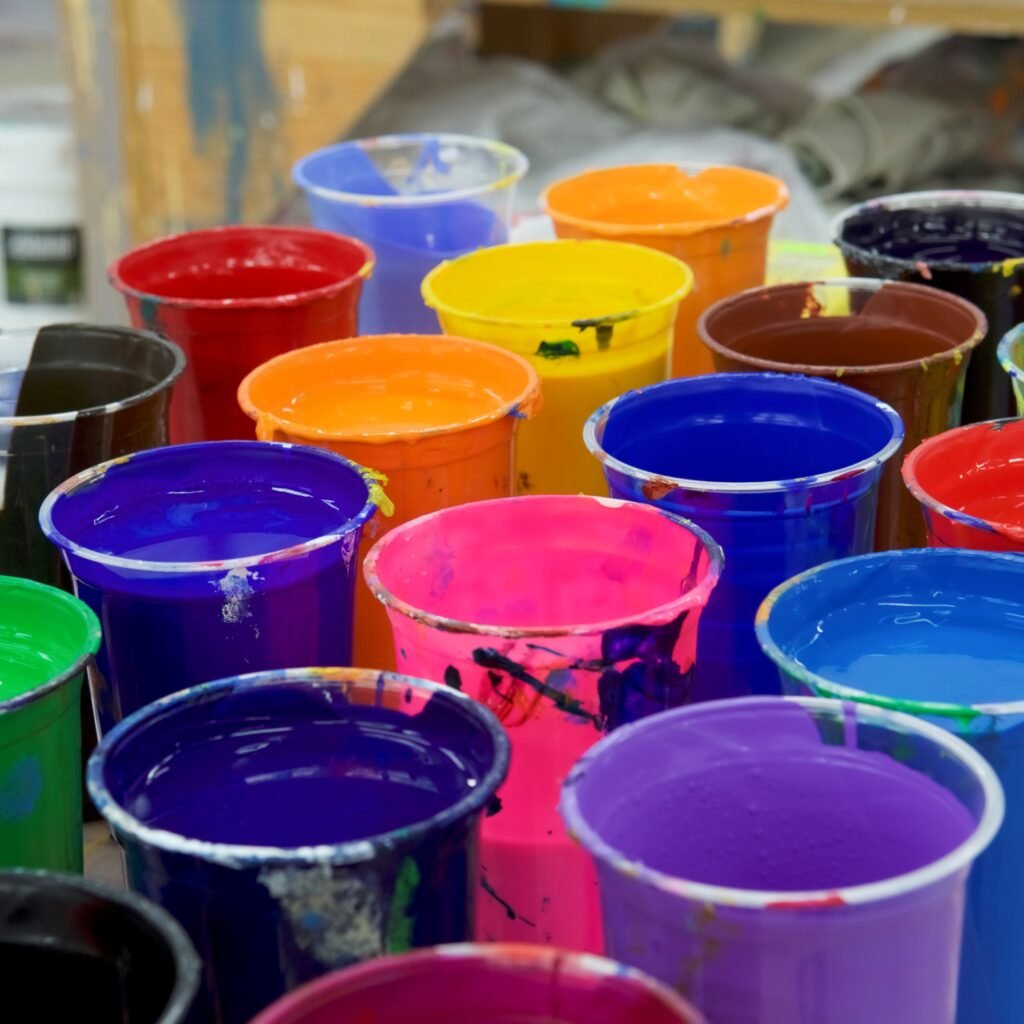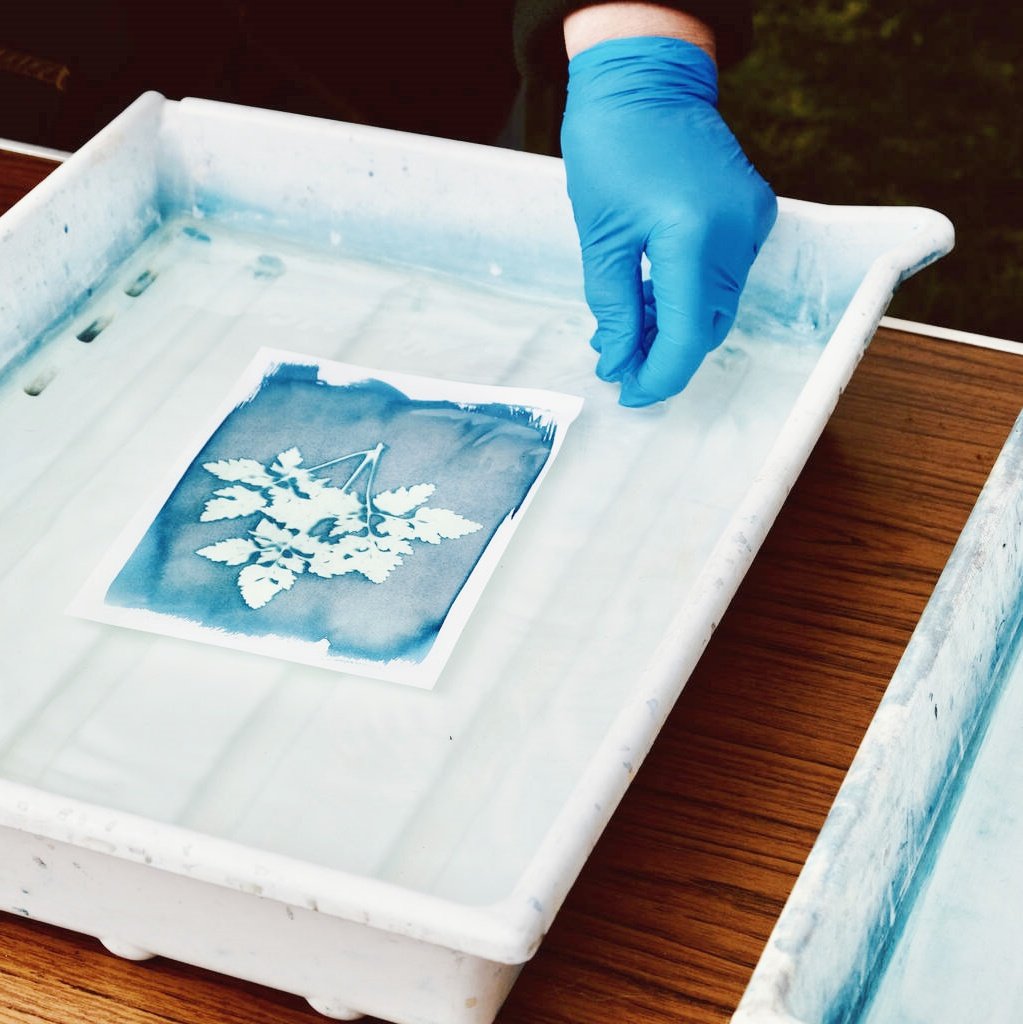In the screen printing industry, plastisol inks are highly favored due to their vibrant colors, excellent opacity, and washability. However, when errors occur during printing or designs need to be changed, effectively removing these inks becomes an important issue. This article will delve into whether Screen Printing Plastisol Ink Remover is suitable for all types of fabrics and expand on related keywords in detail.
I. Basic Overview of Screen Printing Plastisol Ink Remover
Screen Printing Plastisol Ink Remover is a chemical agent specifically designed to remove plastisol inks. It typically contains solvents that can break down ink components, causing them to detach from the fabric surface. This remover has widespread application in the screen printing industry, but not all fabrics are suitable for its use.
II. Working Principle of Plastisol Ink Remover
The working principle of plastisol ink remover is mainly based on chemical reactions. When the remover comes into contact with the ink, its solvent components penetrate into the ink, disrupting its structure and making it loose. Subsequently, through mechanical friction or washing, the ink can be effectively removed from the fabric.
III. Reactions of Different Types of Fabrics to the Remover
- Natural Fiber Fabrics
- Cotton Fabrics: Cotton fabrics usually have good tolerance to plastisol ink removers, but excessive use may cause fiber damage.
- Silk and Wool: These delicate natural fibers are more sensitive to chemicals, so special care is needed when using removers to avoid irreversible damage.
- Synthetic Fiber Fabrics
- Polyester: Polyester fabrics usually have good tolerance to plastisol ink removers, but certain strong removers may affect their surface gloss.
- Nylon: Nylon fabrics are relatively resilient, but attention should still be paid to the choice and amount of remover to avoid fiber swelling or discoloration.
- Blended Fabrics
Blended fabrics are composed of multiple fibers, so their reaction to plastisol ink removers may vary depending on the fiber composition. Before using the remover, it is recommended to conduct a small-scale test.
IV. Selection and Use of Remover
Choosing the right plastisol ink remover is crucial. Different brands and types of removers may vary significantly in composition, effectiveness, and safety. When selecting, the following factors should be considered:
- Fabric Type: Choose a suitable remover based on the fiber composition of the fabric.
- Ink Type: Some removers may be more suitable for specific types of plastisol inks.
- Safety: Choose a low-toxicity, low-irritant remover and ensure that appropriate protective equipment is worn during use.
In terms of usage, the following steps should be followed:
- Pretreatment: Clean the fabric before removing the ink to remove surface stains and impurities.
- Apply Remover: Use a soft cloth or sponge to evenly apply the remover to the area where the ink needs to be removed.
- Wait for Reaction: Wait for a period of time, as specified in the remover’s instructions, to allow it to fully react with the ink.
- Mechanical Removal: Use a soft brush or scraper to gently scrape off the ink.
- Rinsing: Thoroughly rinse the fabric with water to remove any residual remover and ink.
V. Effectiveness Assessment and Precautions of Remover
After using the plastisol ink remover, its effectiveness should be assessed. Evaluation criteria include the degree of ink removal, fabric damage, and cleanliness after removal. Meanwhile, the following precautions should be taken during use:
- Avoid Excessive Use: Excessive use of remover may cause fiber damage or color fading.
- Good Ventilation: Ensure good ventilation in the workplace when using the remover to avoid accumulation of harmful gases.
- Personal Protection: Wear appropriate protective equipment, such as gloves, masks, and goggles, to prevent chemicals from irritating the skin and eyes.
VI. Handling Suggestions for Special Fabrics
For certain special fabrics, such as delicate silk, wool products, or high-value clothing, extra caution is needed when using plastisol ink removers. These fabrics may be more sensitive to chemicals and have higher repair costs. Therefore, when handling these fabrics, the following measures are recommended:
- Small-Scale Test: Conduct a small-scale test before officially using the remover to assess its impact on the fabric.
- Professional Handling: Consider sending the fabric to a professional screen printing or dry cleaning shop for processing to ensure removal effectiveness while protecting fabric quality.
- Alternative Solutions: Explore other methods of removing ink, such as using physical methods (e.g., laser removal) or gentler chemicals.
VII. Market Status and Trends of Remover
With the continuous development of the screen printing industry, the market demand for plastisol ink removers is also growing. Currently, there are multiple brands and types of removers to choose from, and new products are constantly being launched to meet the needs of different users. In the future, with the increasing awareness of environmental protection and technological advancements, it is expected that removers will become more environmentally friendly, efficient, and easy to use.
VIII. Comparison of Remover with Other Removal Methods
Besides using plastisol ink removers, there are other methods to remove plastisol inks in screen printing. For example, physical methods (such as laser removal, mechanical scraping) or chemical methods (such as using other solvents or acid-base solutions) can be used. However, these methods have their own advantages and disadvantages and need to be selected based on specific situations. Compared with these methods, plastisol ink removers usually have the advantages of easy operation, significant effectiveness, and moderate cost.
IX. Environmental Impact of Remover and Environmental Protection Suggestions
The use of plastisol ink removers may have a certain impact on the environment. Therefore, appropriate environmental protection measures should be taken during use. For example, choose low-toxicity, low-volatility removers to reduce harmful gas emissions; properly dispose of waste removers and wastewater containing removers after use; and explore more environmentally friendly removal methods and technologies.
X. Conclusion and Outlook
In summary, Screen Printing Plastisol Ink Remover has wide application value in the screen printing industry, but it is not suitable for all types of fabrics. When selecting and using removers, factors such as fabric type, ink type, and safety should be fully considered. At the same time, with the increasing awareness of environmental protection and technological advancements, it is expected that removers will become more environmentally friendly, efficient, and easy to use in the future. For special fabrics or high-value clothing, it is recommended to adopt more cautious and professional handling methods to ensure removal effectiveness while protecting fabric quality.


